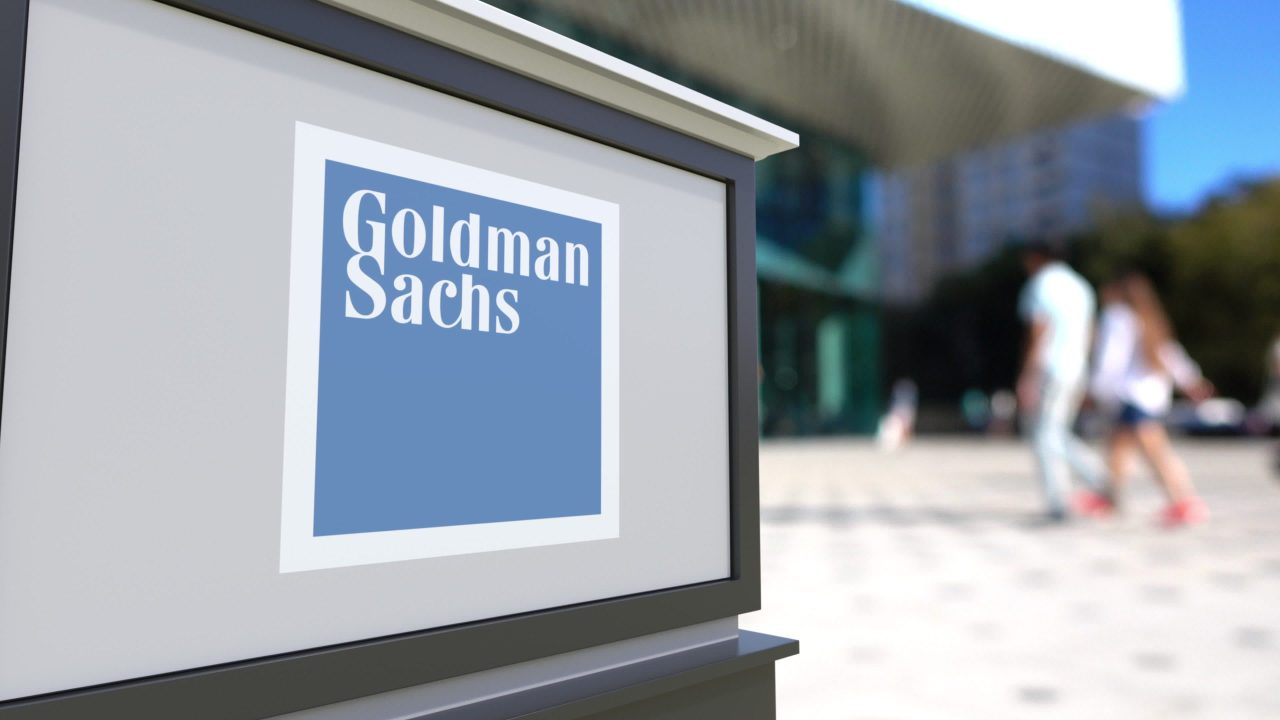Goldman Sachs is capitalizing on a dealmaking renaissance that hasn’t been seen in nearly a quarter-century.
As mergers and acquisitions activity surges globally, the Wall Street powerhouse has secured an outsized share of the lucrative advisory market, controlling roughly 34 percent of the $3.8 trillion in global M&A announced so far this year, according to the Financial Times.
The figure marks a dramatic comeback from past struggles and positions Goldman for what may be its strongest advisory performance since the early 2000s.
This resurgence reflects both Goldman’s trusted brand among corporate executives and a fundamental shift in how companies view growth, transformation, and portfolio optimization in an era of rapid technological change.
How Goldman regained its M&A throne
Goldman Sachs didn’t stumble into this position by accident. The bank has systematically leveraged its deep relationships with corporate boards and private equity sponsors to scoop up high-profile advisory mandates.
The firm advised on the $55 billion Electronic Arts take-private deal: one of the largest leveraged buyouts on record, and pocketed a whopping $110 million advisory fee.
It also guided the merger between Fifth Third Bancorp and Comerica, valued at $10.9 billion, which created the ninth-largest bank in America.
These victories aren’t outliers. Goldman has advised on nearly $1.1 trillion in announced M&A volume year to date, outpacing its nearest rival by over $220 billion.
That commanding lead translates directly into advisory fees. The bank is tracking for approximately $4.72 billion in advisory revenue for the full year, a 34 percent jump from 2024.
Financial Times reported this projection in November, making clear that Goldman is on pace for its best M&A performance in roughly 24 years.
The surge in deal flow also reflects structural forces beyond Goldman’s reach. Mega-deals are back in fashion.
The number of transactions valued at $10 billion or more rose 26 percent year-over-year globally, with even more impressive gains in Europe, where billion-plus deals jumped 43 percent.
Technology companies are pursuing AI-driven consolidations. Pharmaceutical firms are hunting for scale.
Energy companies are reshaping portfolios. And private equity sponsors, energized by falling financing costs and improved exit prospects, are aggressively deploying capital again.
Why this cycle could sustain Goldman’s dominance
What makes Goldman’s position so powerful right now is the sheer momentum behind advisory demand.
While equity and debt underwriting have become more commoditized, squeezed by automation, tighter spreads, and online trading, true M&A advisory is still a high-touch business.
It runs on trust, judgment, and relationships. When companies are weighing billion-dollar moves, they want people in the room who can navigate complexity and speak with authority.
Goldman fits that bill: global reach, deep sector benches, technical muscle, and a long history of getting deals over the line.
And the macro backdrop is finally breaking in its favor. CEO confidence is creeping back after months of hand-wringing over tariffs and shifting regulatory signals.
The expectation that the new US administration will lean more business-friendly is nudging companies away from defensive belt-tightening and toward growth-first thinking.
That mindset feeds deal appetite.
Goldman’s own client survey underlines the shift. Nearly half of the respondents pointed to “strategic growth” and “adding new capabilities” as their main M&A motivations going into 2025.
Goldman is also gaining ground at a moment when its closest competitors aren’t firing on all cylinders.
JPMorgan is well behind on deal value. Morgan Stanley has had a strong run in equity underwriting, but it hasn’t matched Goldman’s pace on pure advisory mandates.
If the current trajectory holds, advisory fees could climb even higher, potentially marking Goldman’s most dominant stretch since before the financial crisis.
For Wall Street’s most seasoned dealmaker, the momentum is hard to miss.
The post Why is Goldman Sachs poised for its best M&A performance in 24 years? appeared first on Invezz

